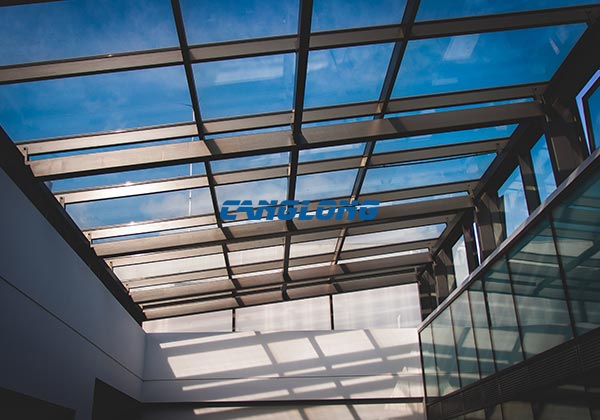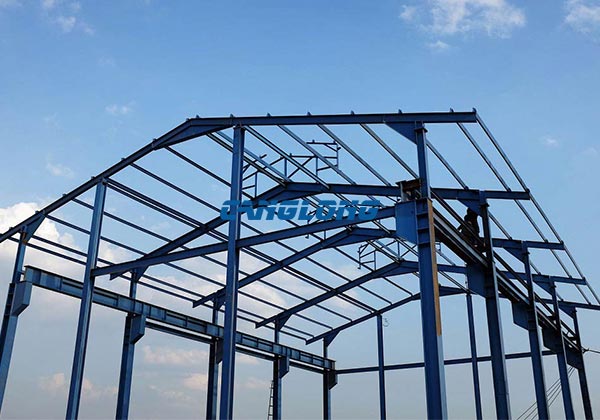Steel Structure Introduction
Steel structure is a structure composed of steel materials, which is one of the main types of building structures.
- The material has high strength and light weight.
- Steel has good toughness and plasticity, uniform material and high structural reliability.
- High degree of mechanization in steel structure manufacturing and installation.
- Good sealing performance of steel structure.
- Low carbon, energy saving, green and environmental protection, and can be reused.
Product Detail
What is steel structure?
Steel structure is an engineering structure composed of steel plate, round steel, steel pipe, steel cable and various steel sections processed, connected and installed. Steel structure needs to bear the effects of various possible natural and man-made environments. It is an engineering structure and structure with sufficient reliability and good social and economic benefits.
Steel structure is a structure composed of steel materials, which is one of the main types of building structures. The structure is mainly composed of steel beams, steel columns, steel trusses and other components made of section steel and steel plates, and adopts rust removal and rust prevention processes such as silylation, pure manganese phosphating, water washing and drying, galvanizing and so on. The members or components are usually connected by welds, bolts or rivets. Because of its light weight and simple construction, it is widely used in large factories, venues, super high-rise buildings and other fields. The steel structure is easy to rust. Generally, the steel structure shall be derusted, galvanized or coated, and shall be maintained regularly.

Advantage of steel structure
Steel is characterized by high strength, light weight, good overall stiffness and strong deformation resistance. Therefore, it is particularly suitable for the construction of long-span, ultra-high and ultra-heavy buildings; The material has good homogeneity and isotropy. It is an ideal elastomer, which is most in line with the basic assumptions of general engineering mechanics; The material has good plasticity and toughness, can have large deformation, and can well bear dynamic load; Short construction period; It has a high degree of industrialization and can carry out professional production with a high degree of mechanization.
- The material has high strength and light weight.
- Steel has good toughness and plasticity, uniform material and high structural reliability.
- High degree of mechanization in steel structure manufacturing and installation.
- Good sealing performance of steel structure.
- Low carbon, energy saving, green and environmental protection, and can be reused.
Classification of steel structures
Steel structures are used in various buildings and engineering structures, and there are many types. According to their connection methods, they can be divided into welded structures, bolted structures and riveted structures. Welding connection is the most important connection method for steel structure at present. Its advantages are simple structure, material saving, easy processing, and automatic operation. But welding can cause structural deformation and generate residual stress.
Bolt connection is also a commonly used connection method, which has the advantages of convenient and rapid assembly. Can be used in structurally mounted connections or in detachable structures. The disadvantage is that the section of the component is weakened and easy to loosen. Rivet connection is an older connection method. Because of its good plasticity and toughness, it is convenient for quality inspection, so it is often used in structures bearing dynamic loads. However, the manufacturing cost is labor-intensive and the materials are used, and the nail hole weakens the cross-section of the component, so it has been gradually replaced by welding in the manufacturing industry.

Steel structures can be divided into solid web structures and lattice structures according to their different types. The cross-sectional components of the solid web member are continuous, generally made of rolled steel, often using angle steel, I-beam, T-shaped steel, round steel pipe, square steel pipe, etc. When the force of the component is relatively large, the combined cross-section of I-shaped, circular tube and box-shaped welded by rolled steel or steel plate can be used, such as a box-shaped telescopic boom of a truck crane. The section components of lattice members are separated, and angle steel, channel steel, and I-beam are often used as limbs, and the limbs are connected by splicing materials.
